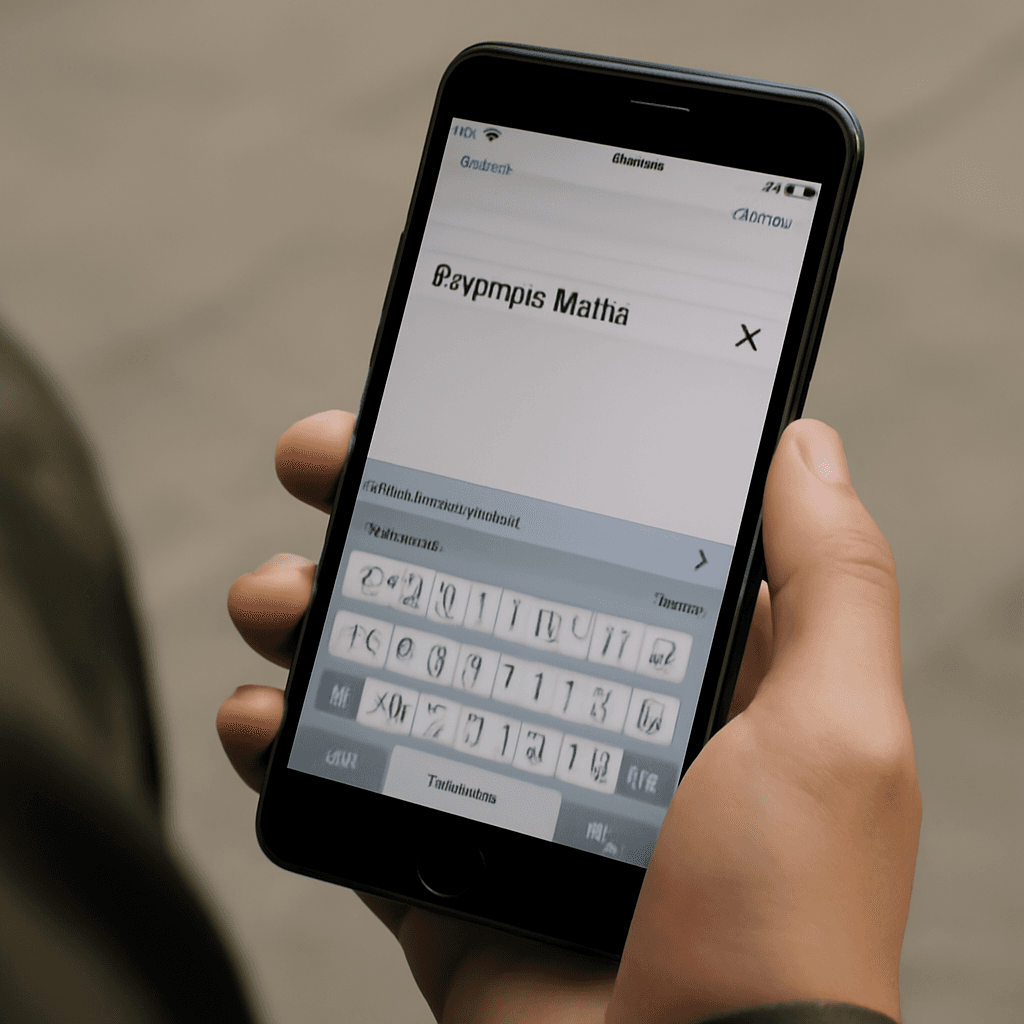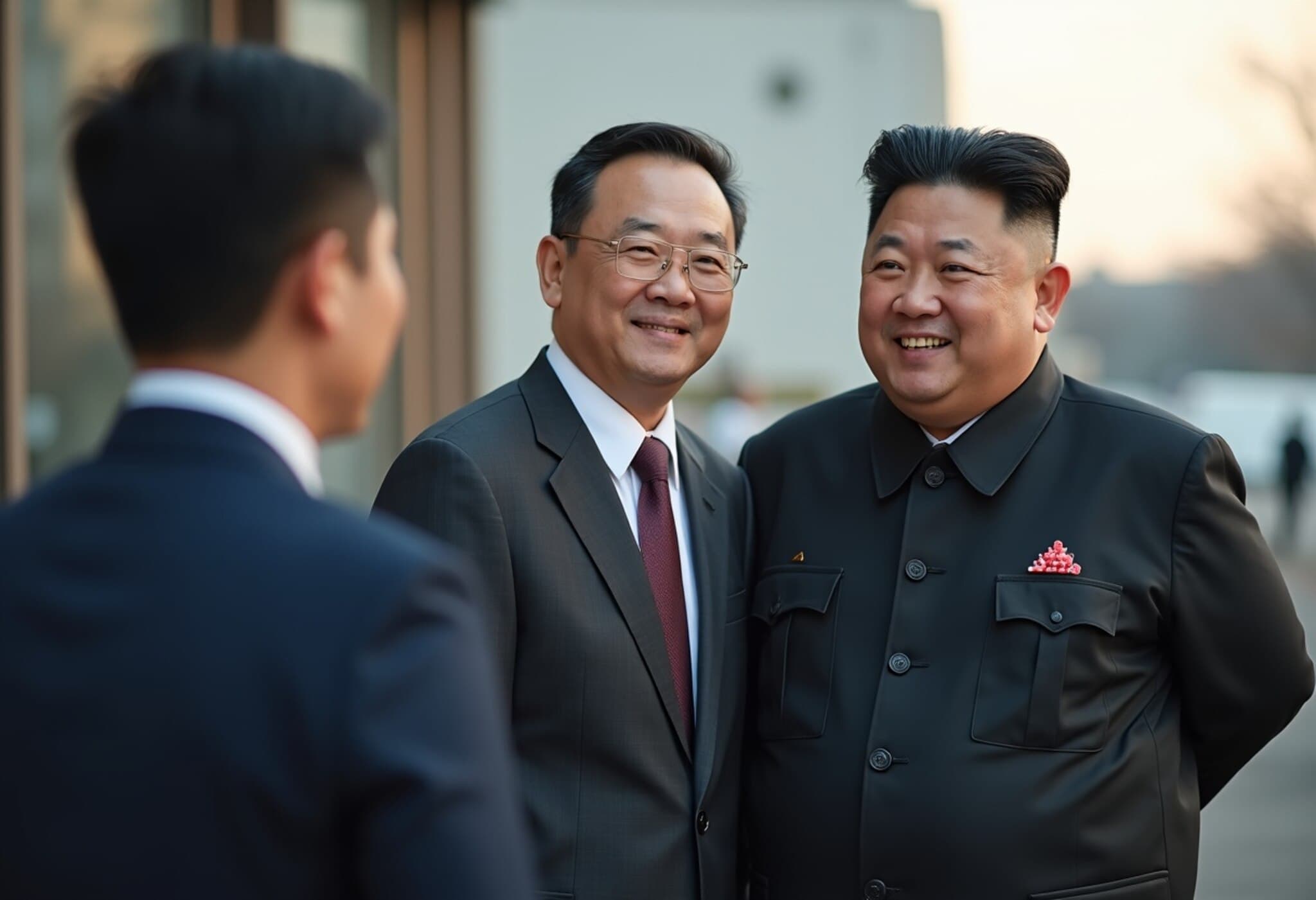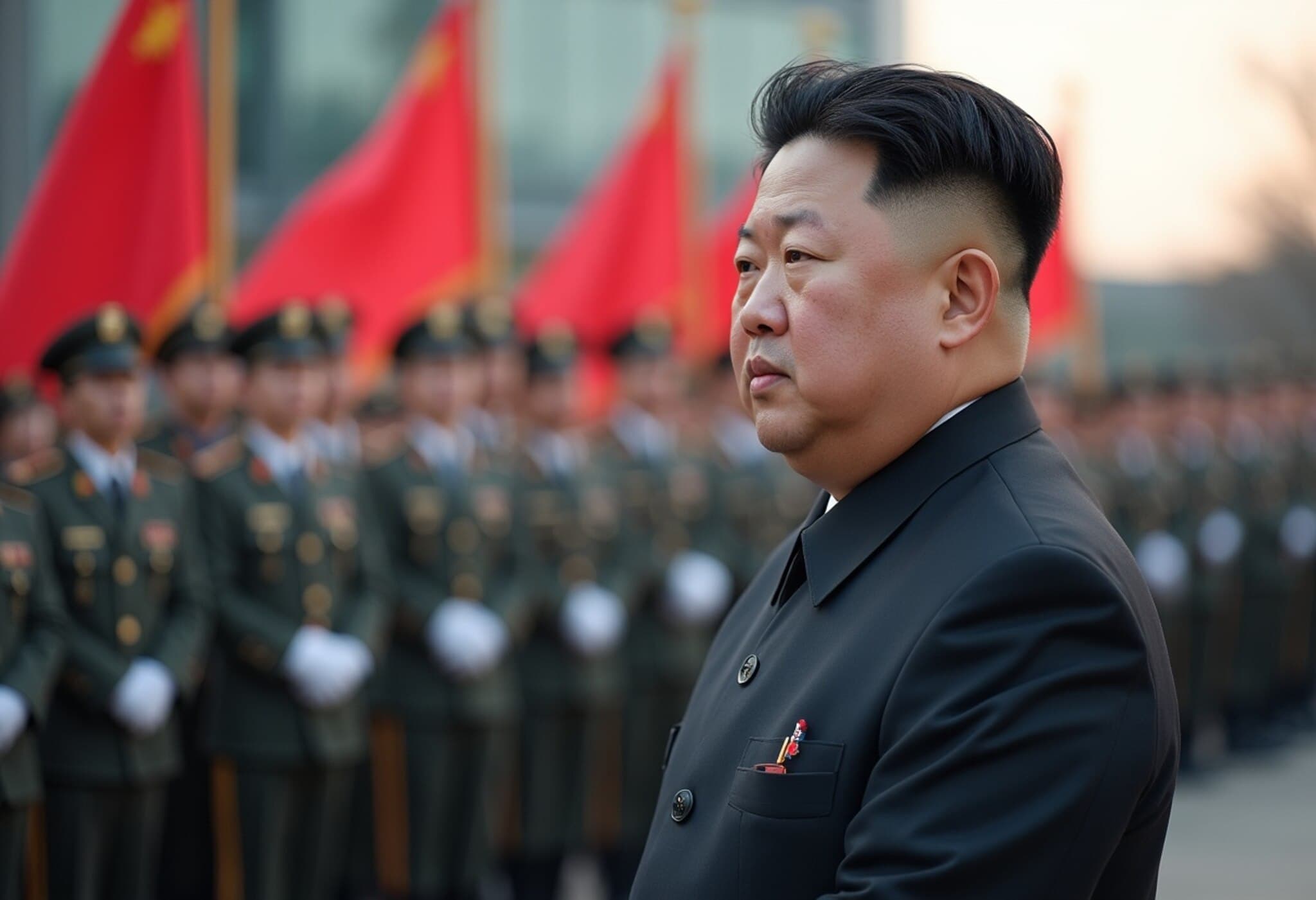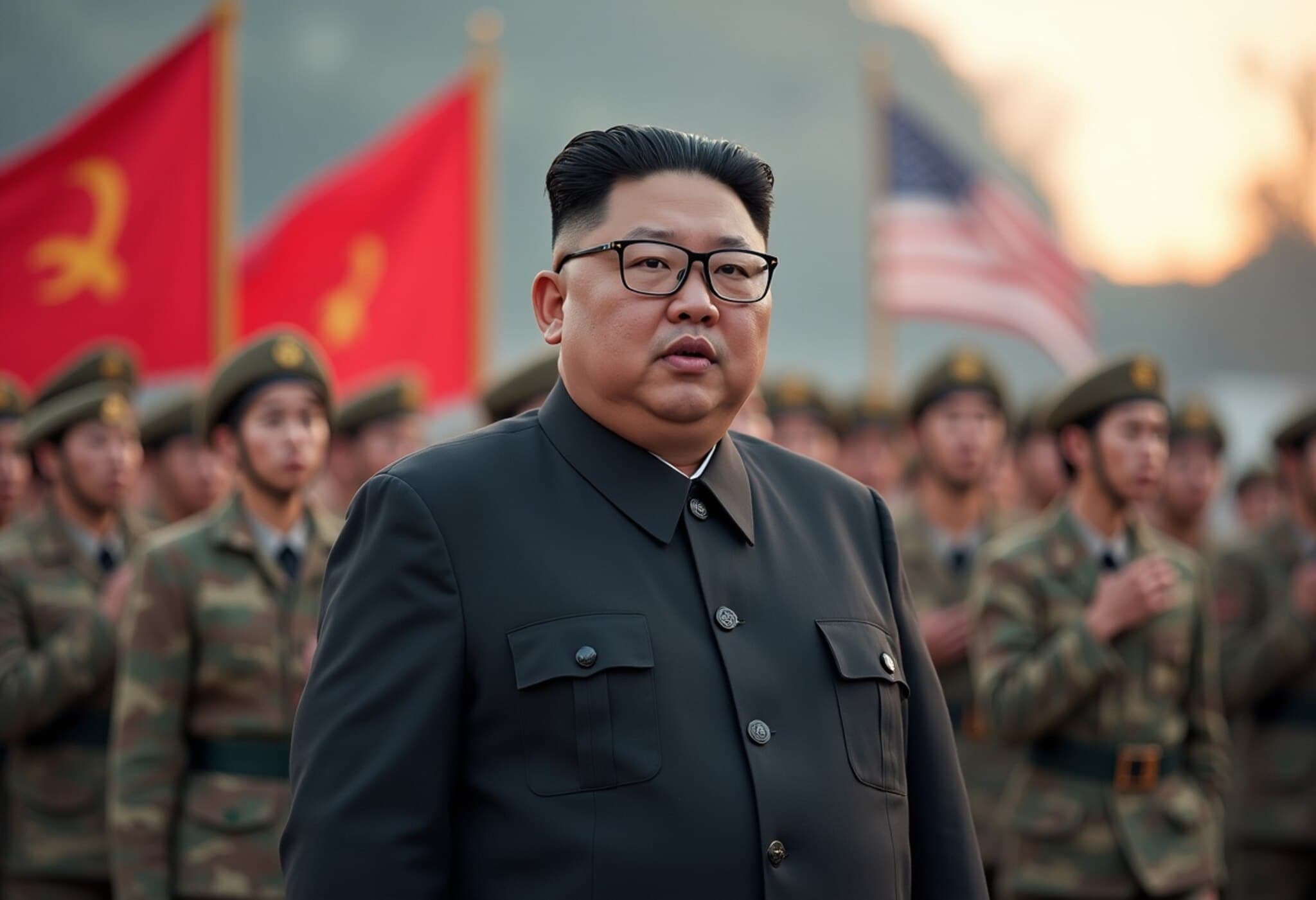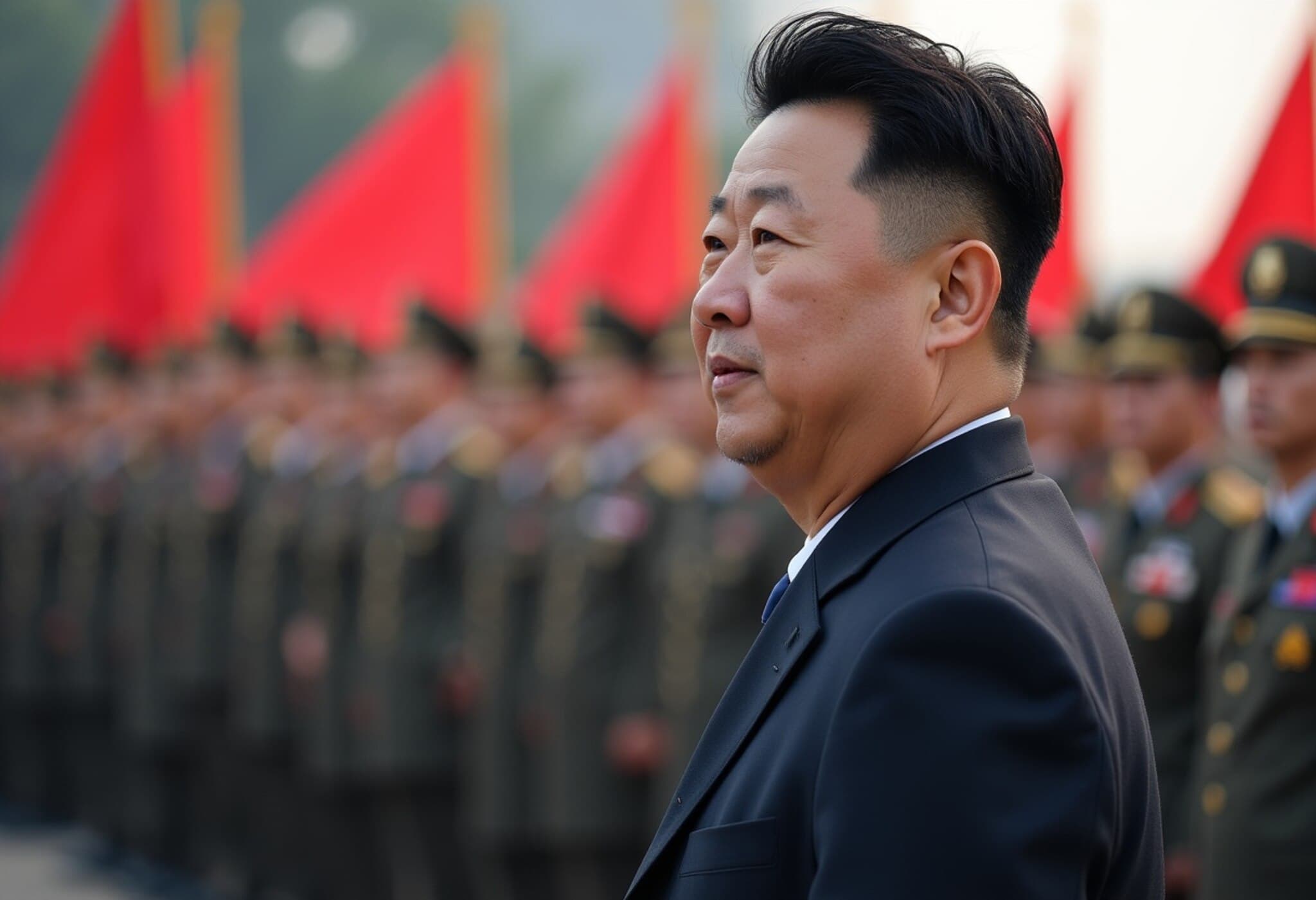South Korea Takes a Step Toward Peace by Dismantling Border Loudspeakers
In a notable move signaling a thaw in relations, South Korea has commenced the removal of loudspeakers along its contentious border with North Korea. These speakers, once used to broadcast anti-North Korean propaganda, have been silent since June under South Korea's new liberal government. This gesture is part of a broader effort to ease long-standing tensions between the two nations divided by decades of Cold War animosity.
The History of the Loudspeaker Broadcasts
The loudspeakers originally blared daily messages across the Demilitarized Zone (DMZ), mixing antithetical propaganda with popular South Korean culture, including K-pop songs. This psychological warfare aimed to penetrate North Korea's rigid information barriers and offer its citizens glimpses of South Korean life and freedom.
However, the broadcasts had become a symbol of the intermittent hostility. They resumed in June 2024 after a pause, as retaliation to North Korea’s balloon campaigns carrying trash and anti-South messaging across the border. The prior conservative administration believed these broadcasts would reinforce resistance against Pyongyang’s regime.
New Government, New Approach
Since taking office in June 2025, South Korean President Lee Jae Myung’s administration has pivoted toward reconciliation. Suspending the broadcasts and physically removing the speakers underscore the desire to rebuild channels of trust and dialogue amid complex geopolitical challenges.
According to Lee Kyung-ho, spokesperson for South Korea's Defense Ministry, the removal is a "practical measure" designed to lower tension without compromising military readiness. Though specifics about the storage or redeployment of the loudspeakers remain undisclosed, the decision was unilateral, without prior consultation with North Korea.
North Korea’s Reaction and Wider Regional Implications
North Korea, led by Kim Jong Un and tightly controlling public sentiment, has yet to officially respond. However, Kim Yo Jong, the leader’s influential sister, recently criticized Seoul’s liberal leadership for maintaining its alliance with the United States and continuing hostility, signaling skepticism about meaningful peace talks resuming soon.
This diplomatic stalemate is further complicated by North Korea’s increasing collaboration with Russia, especially in the context of the ongoing Ukraine conflict. Additionally, ongoing nuclear developments and enhanced military exercises between South Korea and the U.S., alongside trilateral security coordination with Japan, further strain the fragile peace efforts.
Expert Insight: The Psychology and Politics Behind the Gesture
Dr. Han Min-seok, a Seoul-based expert on Korean Peninsula security, comments, "While the removal of loudspeakers may seem symbolic, it reflects a critical shift in policy tone. It signals a willingness to divert from provocative psychological tactics that have often backfired and instead focus on measured diplomacy." He warns, however, that such gestures must be coupled with substantive talks addressing the North’s security concerns to foster lasting peace.
What Lies Ahead?
- Potential re-escalation: Should North Korea perceive these gestures as weakness or one-sided concessions, tensions could reignite.
- Diplomatic openings: The dismantling may encourage future bilateral or trilateral talks focused on denuclearization and peaceful coexistence.
- Domestic pressures: South Korean leadership faces a balancing act between appeasing hawkish public opinion and pursuing peaceful engagement.
As both Koreas grapple with their legacies of suspicion and conflict, the removal of border loudspeakers stands as a poignant reminder of the human costs of division—and the persistent hope for reconciliation.
Editor’s Note
The physical silence replacing decades of psychological broadcasts at the Korean border offers a rare moment of reflection. Is this a genuine opening toward peace, or merely a tactical pause amid strategic posturing? As regional and global powers watch closely, the coming months will be crucial in determining whether gestures of goodwill can translate into tangible, lasting change on the peninsula.












